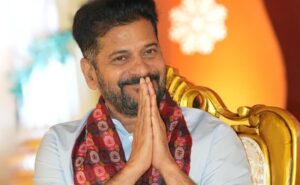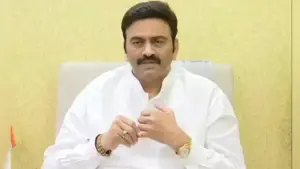
Swami Kesavananda Bharati, Head of Edneer Mutt at Kerala’s Kasaragod, passed away on Sunday. The most famous case of Indian constitutional history is in the name of Swami Kesavananda Bharati.
Kesavananda Bharati filed the case challenging the land reform laws of Kerala, enacted with the aim of distributing the land to landless tillers. He also challenged the 29th Constitution amendment which included the Kerala Land Reforms Act, 1963 in the ninth schedule of the Constitution, immunizing it from a challenge on the ground of violation of fundamental rights.
The case ultimately led to the evolution of the ‘Basic Structure Doctrine,’ after a marathon hearing of 68 days before a 13-judge bench. Legendary lawyer Nani Palkhivala appeared for Bharati, reports live law.
The apex court verdict on Kesavananda Bharati Vs State of Kerala has saved democracy and continues to do so from legislative preponderance and executive adventurism. In Indian democracy, Parliament or State Legislatures are not supreme. They assume their powers and privileges from the Constitution of India.
But, majoritarian governments, by their sheer majority in parliament, ascribe to themselves supremacy over the Constitution and the rule of law. The Kesavananda Bharati verdict militates against the use of such arbitrary power. Through this historic verdict, the Supreme court propounded the doctrine of basic structure, which includes the tenets of the preamble of the Constitution like freedom, liberty, federalism, judicial review, secularism, etc. The parliament can amend the Constitution of India, barring its fundamental features, which constitute the basic structure. Thus, the Kesavananda Bharati verdict prevented Indian democracy slipping into despotism.
Even today, the ruling dispensation, irrespective of political color, acts with remarkable alacrity to usurp to itself absolute powers that often go contrary to the Constitution’s fundamental features. But the courts using the basic structure doctrine propounded in the Kesavananda Bharati verdict, strike down such acts.
Even today, attempts are made to trample upon the basic structure of the Constitution. For instance, leaders of the present central government often argue for dropping the word secularism from India’s Constitution. They argue that that word secular does not exist in the original Constitution and was included through the controversial 42nd Constitutional amendment.
But, the apex court in the famous SR Bommai case clearly stated that secularism forms part of the basic structure and what was implicit in the Indian Constitution was made explicit by the said constitutional amendment.
By — Prof K Nageshwar
Recent Random Post:
















